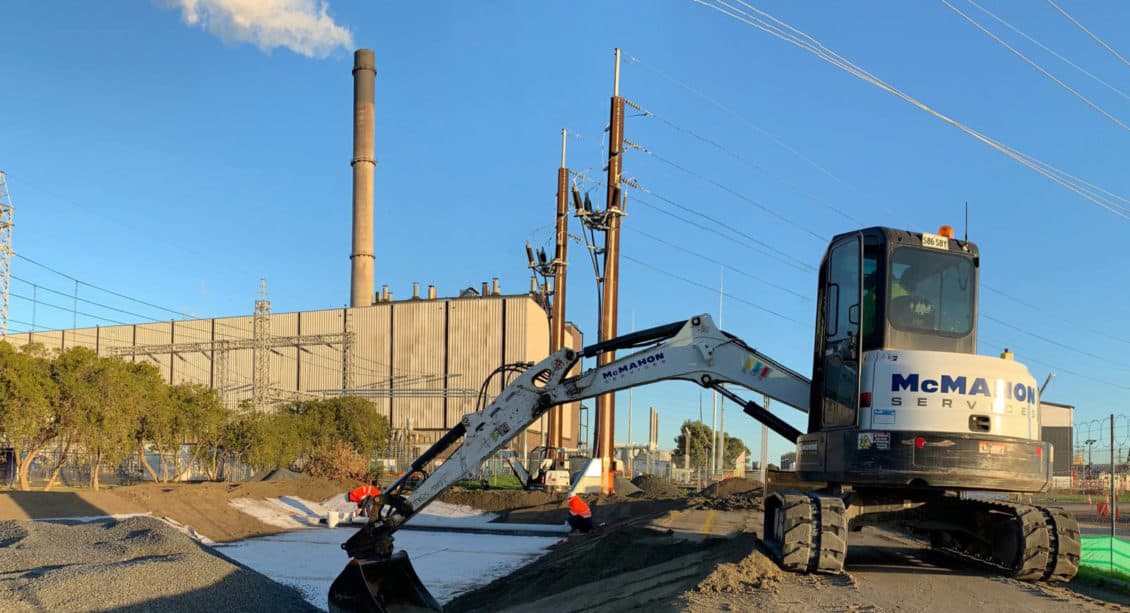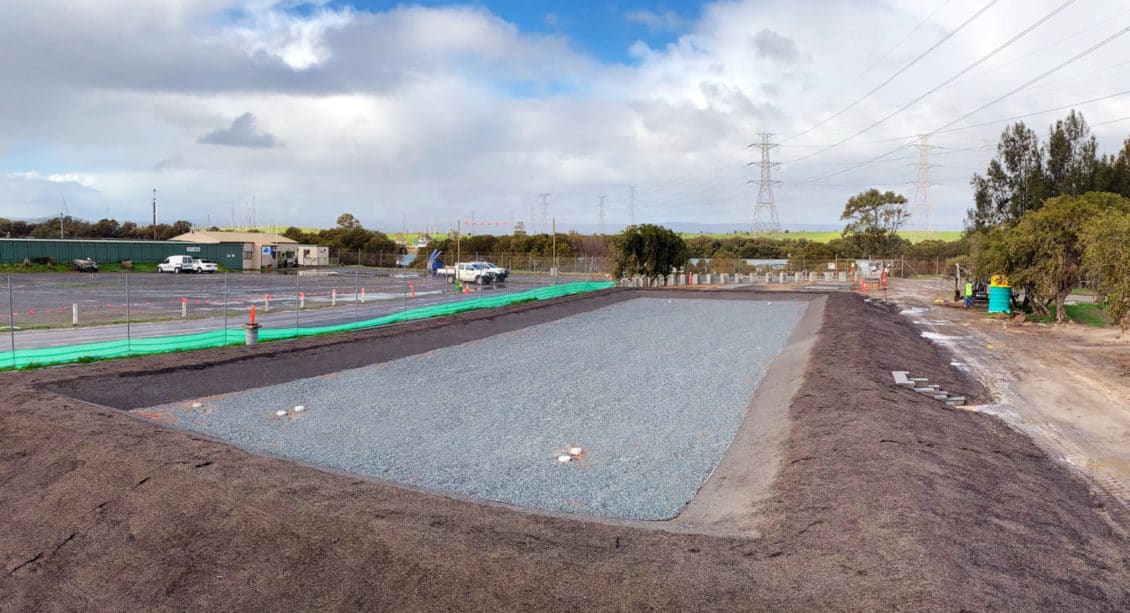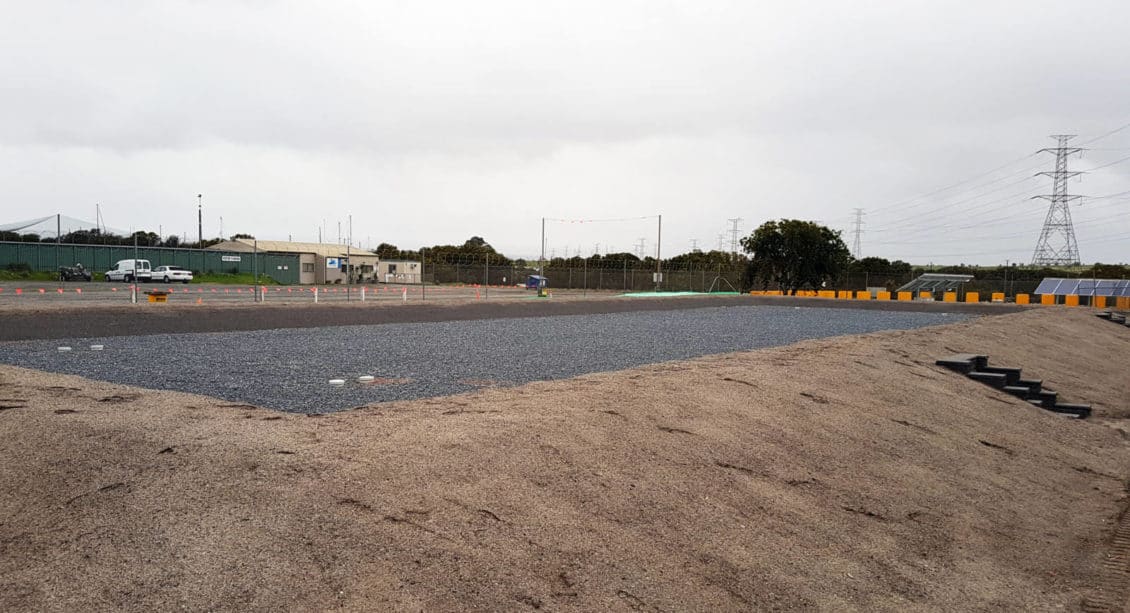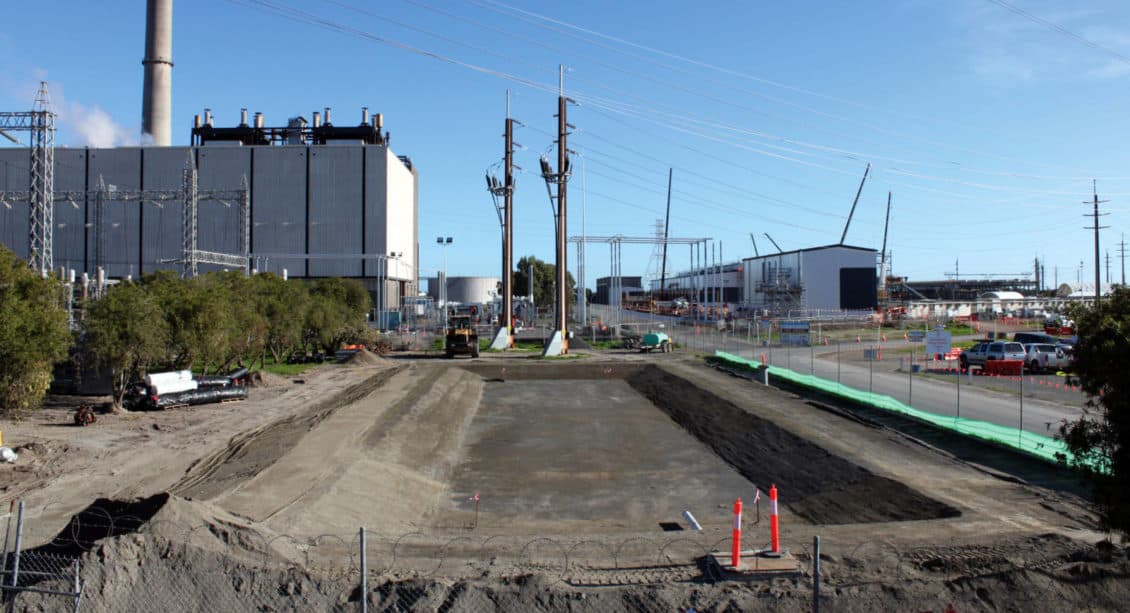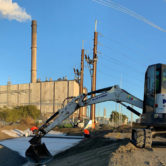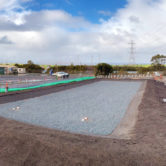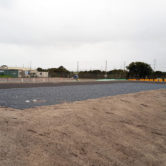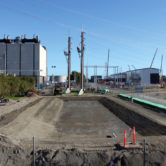Project Overview
AGL Torrens, located 18km from Adelaide’s CBD on Torrens Island, is the largest power station in South Australia and largest natural gas-fired power station in Australia. With a capacity of 1280MW, the thermal power station burns natural gas in boilers to generate steam, which then drives the turbines to generate electricity. It produces enough power to meet the annual needs of approximately 470,000 average Australian homes. The gas is supplied via the SEAGas pipeline from Victoria and from Moomba in the Cooper Basin.
Torrens Island is located in the Port River estuary and surrounded by the Adelaide Dolphin Sanctuary. This unique estuarine habitat is an important breeding ground for many native fish and bird species.
The power station features two internal drains Number 2 and 4 that discharge excess process water into the Angus Inlet. These discharges had been measured for water quality for a number of years and were found to contain trace quantities of metals including zinc and copper. Following discussions with the Environment Protection Authority (EPA) to manage the discharges from Drains 2 and 4, a wetland was proposed to filter the water before it enters the Angus Inlet. Wetlands are proven natural water filters and have been used successfully by various councils in the area for similar purposes.
Scope of Work
Works comprised the construction of a wetland basin and provision of pump stations and associated pipelines to pump water from Drains 2 and 4 and discharge it to the wetland for further natural filtration before being discharged to Angus Inlet.
The scope of works included the construction of a bunded and lined gravel bed filled with aggregate mixed with zeolite, 315m of 90mm diameter inlet and outlet pipework and structures from the gravel bed, two stormwater offtake structures, two pumping stations, and associated rising mains, two flap gate chambers on existing stormwater drains, and two concrete pads for installation of solar panels.
On each existing drain, two pits were installed. Due to the depth of the pits, shoring boxes were used and since the drains were live, continuous water pumping was required. A deep pump chamber was installed at each stormwater offtake point.
New pits were deeper than the existing drains and so water in drains discharged to the pump chamber. When the water reaches a certain level, it was pumped into the bunded and lined gravel bed, or reed bed wetland. Water was then filtered through the reed bed before being discharged to the Angus Inlet.

